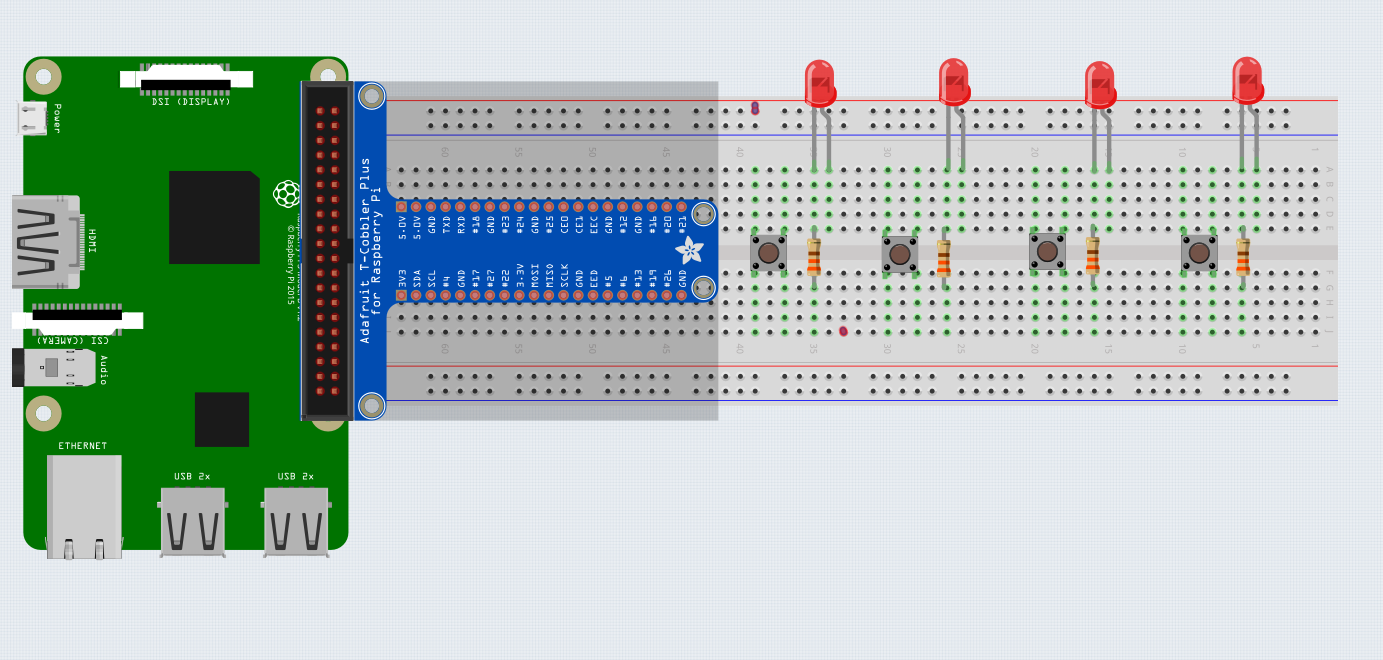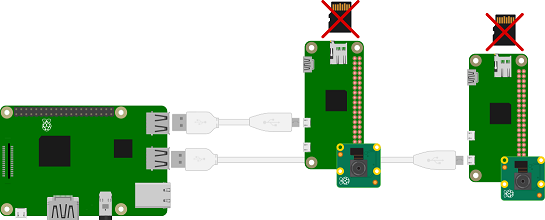
OUT) # set enable pin as output # Actual motor control # GPIO. # Copyright (c) 2021 Maker Portal LLC # Author: Joshua Hrisko # NEMA 17 (17HS4023) Raspberry Pi Tests # - rotating the NEMA 17 to test # - wiring and motor functionality # import RPi.GPIO as GPIO from RpiMotorLib import RpiMotorLib import time # RPi and Motor Pre-allocations #define GPIO pins direction = 22 # Direction (DIR) GPIO Pin step = 23 # Step GPIO Pin EN_pin = 24 # enable pin (LOW to enable) # Declare a instance of class pass GPIO pins numbers and the motor type mymotortest = RpiMotorLib. As stated before, Python and a Raspberry Pi computer will be used as the control components for this project.

Simple characteristics of stepper control are explored: stepper directivity (clockwise and counterclockwise), step incrementing (full step, half step, micro-stepping, etc.), and step delay. The DRV8825 control parameters in the Python stepper library are broken down to educate users on how the varying of each parameter impacts the behavior of the NEMA 17. The wiring and interfacing between the NEMA 17 and Raspberry Pi is given, with an emphasis on the basics of stepper motors.

The Raspberry Pi uses Python to control the motor using an open-source motor library. In this tutorial, the stepper motor is controlled by a DRV8825 driver wired to a Raspberry Pi 4 computer. The NEMA-17HS4023 is introduced here, which is a version of the NEMA 17 that has dimensions 42mm x 42mm x 23mm (Length x Width x Height). Now I’ll load your breadboard svg and compare something (one of the rectangles probably) between the Illustrator and Inkscape versions and see if I can figure out a scale factor to convert one to the other (I know how to do that in Inkscape if not Illustrator!) so I can scale the connectors that I copied across properly.The NEMA 17 is a widely used class of stepper motor used in 3D printers, CNC machines, linear actuators, and other precision engineering applications where accuracy and stability are essential. I think we are talking different DPIs, the svg standard used to be drawing units are 90DPI (Inkscape 0.9.1 and less) it then changed to 96DPI (this being svg drawing units, not display DPI which I think is what the 300 number probably is.) The original Illustrator (which many of the core parts are in) was 72DPI (to match pt) and I don’t know what the latest Illustrator does, (maybe 90DPI against Inkscapes 96?) I have corrected the two connectors (and will check pcb because it is probably wrong too!), you are correct, I must have misread the mechanical drawing because both were wrong.

I check with lower DPI, but problem still the same… All I can say, that’s not DPI problem, I edit in 300dpi.


 0 kommentar(er)
0 kommentar(er)
